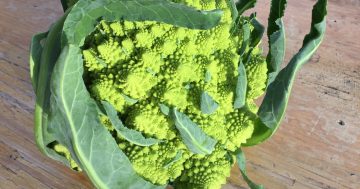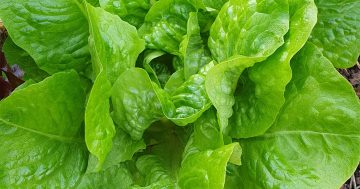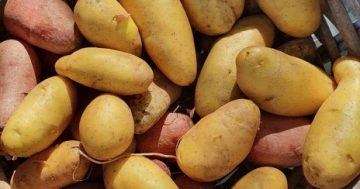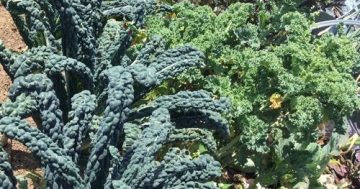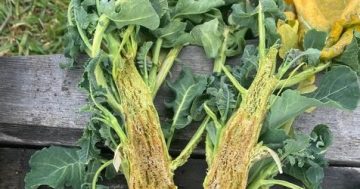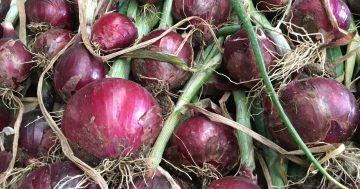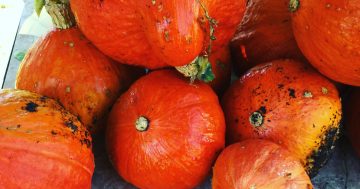
Onions and leeks can be harvested before they form tough stalks. Photo: Supplied.
Early spring can be an exciting and active time for vegetable gardeners. We need to be out there laying out beds for new planting and refreshing existing beds: adding compost, manure, blood and bone, lime and a complete organic fertiliser so our late spring and summer plantings get off to a good start.
The bad news is that we get to do this in cold and often very windy conditions. So, put on the woolly beanie, warm garden gloves, layers of warm clothing and get out there and start preparing and planning.
There is a reward though. In cold and cool climates like Cooma, Canberra, Yass and the Southern Highlands, we actually get to experience the transition from one season to another, often in spectacular fashion as deciduous trees bud, start to set flower and begin to develop their greenery. I wouldn’t live in the tropics for quids.
While now is the time to be planning the late spring and summer vegetable garden, it is still far too early in our cold climate to be planting any of our favourite summer vegetables.
However there is still much that we can be planting now. The soil has generally been a little warmer this winter and will continue to slowly get warmer as spring approaches.
So what to plant now? It is a good time to sow carrot and parsnip seeds. These delicious root vegetables can take a few months to grow to a tender edible size (baby size) and prove their worth in roasted vegetable salads, a lovely addition to leafy lettuce and Asian green salads in late spring.
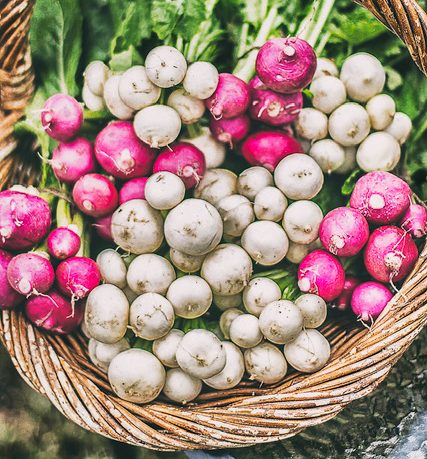
Radishes are fast and easy to grow. Photo: Supplied.
Another favourite to plant at this time of year are radishes. They are quick to grow and add fabulous colour and brightness. Lettuce, rocket, chard or silverbeet and Asian leafy greens can all be sown as seeds now. Purchasing and planting out seedlings is a very good option particularly when planting members of the onion family, brassicas, beetroot, lettuces and Asian greens.
Seedlings shorten the time from planting to eating, depending on the vegetable, by between two and eight weeks – great for impatient gardeners.
It is also worth considering varieties that mature faster – for example, brassicas that are quicker to grow and/or can be succession harvested. So, planting broccolini instead of broccoli, caulilini or fioretto instead of cauliflower, spring onions instead of leeks or bulbing onions means you are eating from your garden earlier in the season.
With these vegetables you are making vegetable choices that give you a quicker return on your efforts so you don’t lose interest.
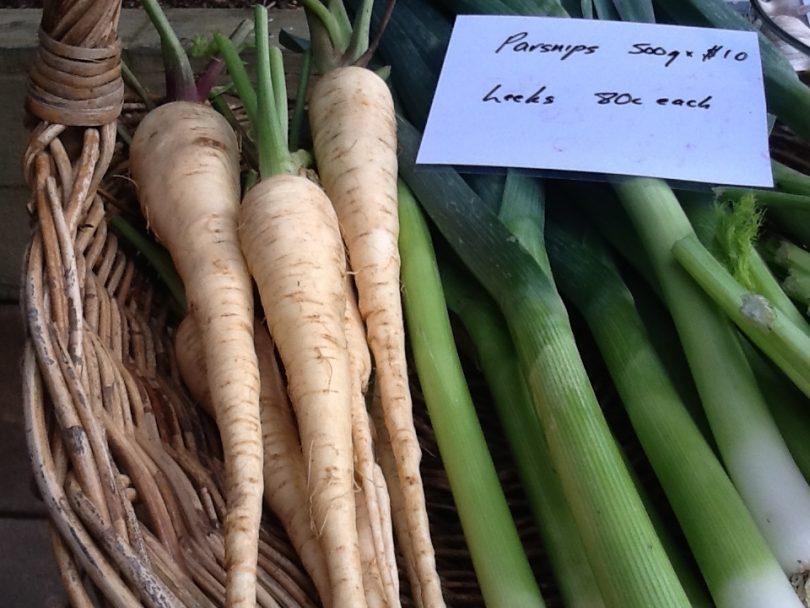
Parsnips and leeks are classic winter vegetables. Photo: Supplied.
The slow growing vegetables planted in autumn such as broad beans or garlic will start to have a growth spurt as we move into spring. Remember to feed them a bit extra towards the end of August.
Late-planted onions, which are photothermoperiodic (a fabulous word for sensitivity to daylight and temperature), may not have had enough light or warmth at the right time to ensure bulbing, will start to grow taller and often bolt to seed. If you harvest before the flower stalk forms they can be used like a leek.
August has been a windy month and winds can be very drying so a reminder to check your soil for moisture and water if required. While the top part of your soil can dry out quite quickly, winter watering does not need to be deep or long. Generally a light hand water will keep plants happy at this time of year.
So, stay warm and enjoy the last of your winter garden.
NOTE:
Caulilini is a new vegetable coming out of California, USA and is a cross between broccoli and gai lan. If anyone, including me, finds a seed source for this new vegetable, please let me know so I can share that information with you in next month’s column. I do know that Fioretto seeds are readily available.
Bronwyn Richards and Helen Lynch run Wynlen House Artisan Village Farm and Learning Centre, a small village organic market garden in Braidwood, NSW. Since 2006 they have grown and sold fresh vegetables, eggs, preserves and garlic, and teach others to do the same.













